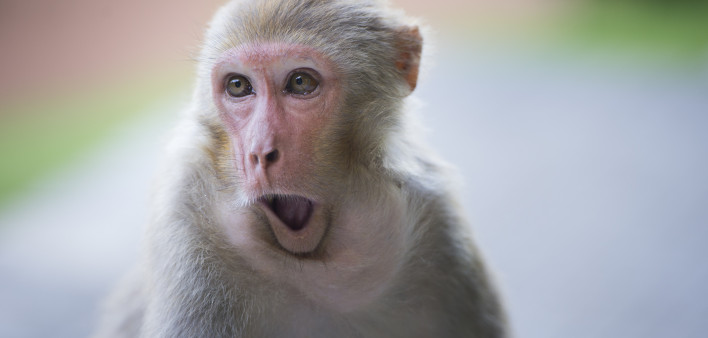Researchers behind a new HIV vaccine study believe that the traditional method of having vaccines give rise to antibodies against HIV and other pathogens could be insufficient. Instead, vaccines would do well to drive immune responses based on both antibodies and immune cells.
In a study conducted in monkeys, the investigators found that a vaccine that accomplished both tasks was more effective and prompted longer-lasting protection than a vaccine based only on the production of antibodies.
These findings may have implications for the effort to develop a vaccine against the novel coronavirus as well as influenza, tuberculosis and hepatitis C virus.
Publishing their findings in Nature Medicine, the investigators studied 15 rhesus macaque monkeys.
One group of monkeys received a series of inoculations with a protein on the surface of HIV known as Env, which is known to stimulate the production of antibodies, along with an adjuvant, which boosts the overall immune response. A second group received these inoculations plus injections of three viral vectors—innocuous viruses meant to deliver components of a therapy to cells—that carried the viral protein known as Gag, which stimulates cell-based immunity to HIV. A third group of animals received only the adjuvant injections.
Following a 40-week period of these injections, the study authors paused them for 40 weeks and then provided booster shots of only the Env protein to the first two groups of monkeys. Four weeks later, the investigators exposed the animals weekly to SHIV, a hybrid simian-human version of HIV engineered for research purposes.
All the monkeys in the adjuvant-only group contracted SHIV. The inoculations provided significant protection against infection in the other two groups of animals. Among animals that lacked robust levels of neutralizing antibodies, all those in the Env-only group became infected while several of those in the Env-plus-Gag group did not.
Then, following another 20-week pause, six monkeys from the Env group and six from the Env-plus-Gag group received additional SHIV exposures. After this, five of the monkeys in the Env-only group and two of those in the Env-plus-Gag group became infected. That is, two thirds of animals in the combination vaccine group but only one of those in the Env-only group remained protected against the virus.
The study authors believe the superior protection of the Env-plus-Gag regimen was a result of the vaccine driving the production of tissue-resident memory T cells. When a virus enters the body, these cells travel to the entry site and remain in the vicinity over an extended period. Should the virus return, these cells produce signals to other types of immune cells to come launch an attack.
“These results suggest that future vaccination efforts should focus on strategies that elicit both cellular and neutralizing-antibody response, which might provide superior protection against not only HIV but other pathogens such as tuberculosis, malaria, the hepatitis C virus, influenza and the pandemic coronavirus strain as well,” senior study author Bali Pulendran, PhD, a professor of pathology and of microbiology and immunology at Stanford Medical School, said in a press release.
To read the Stanford article, click here.
To read the study abstract, click here.







2 Comments
2 Comments